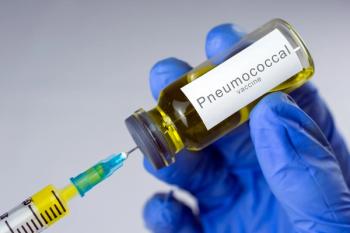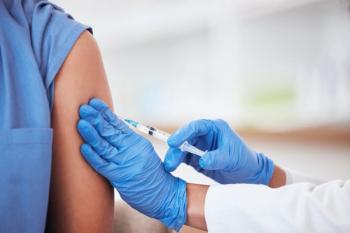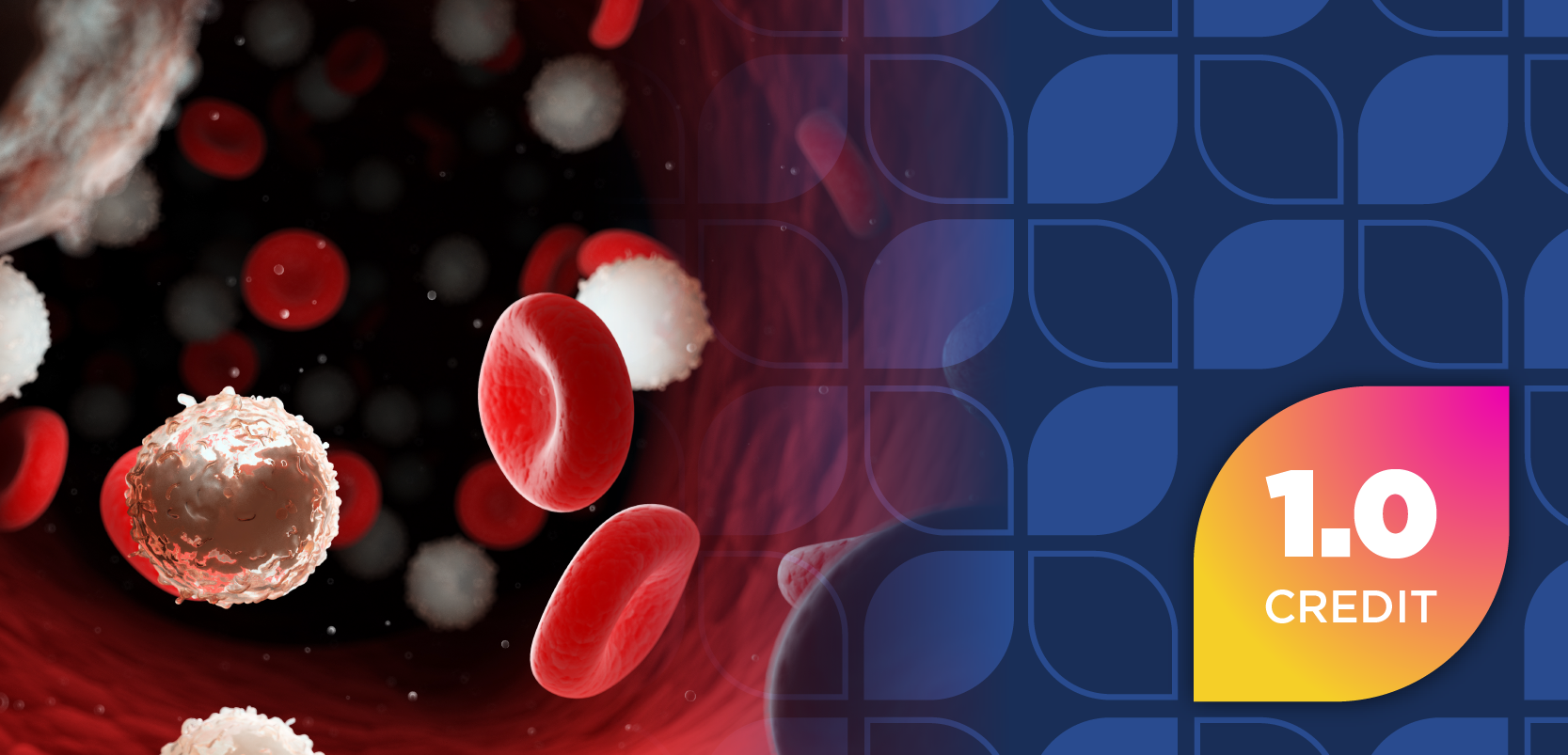Following the legalization of edible cannabis for non-medical use in January 2020, emergency department (ED) visits in Ontario, Canada more than tripled compared with the pre-legalization period.1 With public sentiments increasing in favor of cannabis legalization and a possibility of under-reported cannabis-related ED visits, researchers stressed the importance of adequate research, education, and counseling for cannabis users.2
“Edible cannabis products may be particularly dangerous because they are often indistinguishable from non-cannabis-containing foods and may contain high amounts of THC, the major active ingredient in both medical and recreational cannabis,” according to Mody et al.2
In Canada, the legalization of edible cannabis has introduced further risks of poisoning compared with the initial legalization of cannabis flowers. With ED visits increasing as further legalization is introduced, its edible form could have further increased cannabis use because of its easy access and similarity to other non-cannabis food products.
Key Takeaways
- In a retrospective study, researchers aimed to identify the effects of cannabis legalization in Ontario, Canada.
- Analyzing emergency department (ED) visits over an 8-year period, they separated each event into 3 groups: pre-legalization, the time period following legalization of cannabis flowers, and the time period from the legalization of edible cannabis until 2022.
- Results showed a significant increase of ED visits in both legalization periods compared with the pre-legalization period.
“In October 2018, Canada legalized the sale of dried cannabis flowers for nonmedical use, and in January 2020, edible cannabis became legally available for retail,” wrote authors of the study.1
In Stall et al’s study, researchers compared ED visits among 3 time periods in Ontario, Canada. The first period was pre-legalization of cannabis for non-medical use from January 2015 to September 2018. The second study period was defined as legalization period 1 from when the sale of cannabis flowers for non-medical use was legalized in October 2018 lasting until December 2019. Finally, the third study period was defined as legalization period 2 from January 2020—when the sale of edible cannabis for non-medical use was legalized—to December 2022.
During the total 8-year retrospective study period, the peak number of cannabis-related ED visits was 462 in 2021, just 2 years after the legalization of edible cannabis. From 2015 to 2022, ED visits continued to rise before dropping slightly to 404 in 2022.
In terms of incidence ratio rates (IRRs) observed in each of the 3 study periods, legalization period 1 was exactly doubled compared with pre-legalization, while legalization period 2 was 3.08 compared with the IRR of pre-legalization. Finally, ED visits were more prominent in men and those concurrently using alcohol.
“The largest increases occurred after edible cannabis became legally available for retail sale, a phenomenon similarly observed in Canadian children. Possible explanations include increases in accidental ingestion; ease of access; lack of age-specific dosing instructions; and absence of safe and effective treatment options for chronic pain, sleep disturbances, and behavioral and psychological symptoms of dementia,” continued Stall et al.1
It seems that the easy accessibility and chance of accidental ingestion were key backings of increased ED visits in Ontario. Confirming results of a study detailing cannabis-related ED visits in children, Stall et al’s findings further identify the issues of cannabis legalization in older adults.
“Our data indicate that legalization was associated with marked increases in hospitalizations for cannabis poisoning in children. Most of the increase occurred after legalization of cannabis edibles and despite strict regulations aimed at reducing poisonings in children, including a maximum of 10 mg of THC per edible package (10 times less than allowed in some U.S. regions), requirements for plain and child-resistant packaging, and consumer education campaigns,” wrote Myran et al.3
With recent cannabis legalization laws, it is assumed that regulators and cannabis retail entities will improve education and packaging. And with the only decrease in ED visits observed occurring in the most recent year of the study, the increase in cannabis-related hospital visits may already have been ameliorated in Canada.
However, as public favor for cannabis legalization continues to rise across the world, researchers are encouraging increased discussion and education regarding its non-medical uses for older adults.
“This study provides a cautionary tale of legalization of substances without adequate research, education, and counseling of users regarding adverse effects and safe usage, particularly in older adults. In addition, instructing older adults to inform and seek advice from their physicians may improve both the effectiveness and safety of use. Likewise, physicians should directly ask their patients about nonmedical cannabis use,” concluded Mody et al.2
READ MORE: DEA Aims to Reclassify Marijuana as Less Dangerous Drug
Pharmacy practice is always changing. Stay ahead of the curve: Sign up for our free Drug Topics newsletter and get the latest drug information, industry trends, and patient care tips, straight to your inbox.
References
1. Stall NM, Shi S, Malikov K, et al. Edible cannabis legalization and cannabis poisonings in older adults. JAMA Intern Med. Published online May 20, 2024. doi:10.1001/jamainternmed.2024.1331
2. Mody L, Inouye SK. Adverse consequences of legalization of edible cannabis in older adults. JAMA Intern Med. Published online May 20, 2024. doi:10.1001/jamainternmed.2024.1337
3. Myran DT, Tanuseputro P, Auger N, Konikoff L, Talarico R, Finkelstein Y. Edible cannabis legalization and unintentional poisonings in children. NEJM. 2022;387(8):757-759. doi.org/10.1056/nejmc2207661


































































































































































